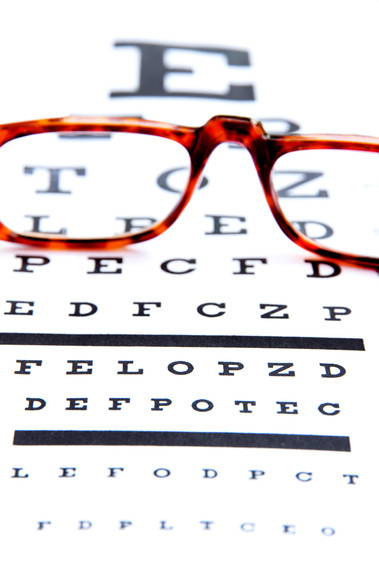Here is a clear plea, written in legible 12-point type, from middle-aged women to package designers. Increase the size of the print on your products because our eyesight is weaker, our patience is shorter, and our brand loyalty is volatile. Give us big type or skip the hype because we're not buying it anymore.
There are more than 40 million middle-aged women in the United States, and we're irritated. Our buying power is estimated at $3 trillion dollars. That's trillion with a T. We don't care if you promise better, shinier, smoother, and more luxurious hair, we just want to decipher between shampoo and rinse without wearing eyeglasses in the shower.
I appreciate the elegant appearance of the most expensive brands, but I'd buy a case of dormitory-sized jugs of shampoo at Costco if the bottles contained labels in 24-point type. My less frustrated friends say to color-code the bottles, place the shampoo and rinse on different shelves, or add a colored band on one item. I reject that idea because then we let them win. If I pay almost ten dollars for a container of product, I shouldn't need to use any extra effort to identify it.
Visit any store and examine the labels. The wording on fingernail polish is a joke. We know how to use it, so why waste ink to print illegible pinpoint scribbles. The same goes for cosmetics. If I depended upon the words on the side of a makeup pencil, I wouldn't know if I should line my brows, eyelids, lips, or color a picture. I often see women who applied makeup without reading instructions, and I can only assume they also couldn't see close enough in the mirror to correct the mistakes.
As long as I'm ranting, here are a few more incomprehensible items:
Menus. The more expensive the restaurant, the more difficult the menu. Even with reading glasses and a spotlight, I can't decipher the tiny script so I'm forced to order a generic salad. Then I add a bottle of Cabernet and soon forget my frustration.
Books. Publishers attempt to save printing costs by reducing the size of the type so the book has fewer pages. However, I don't want to use eyeglasses and a magnifying glass to read past the first paragraph. The biggest advantage of e-readers and tablets is that we can adjust the size of the font.
Contracts. I suspect professionals use tiny print so the reader gets frustrated and signs the document. It's irritating when we're advised to read the small print and we can't even see the big title.
Theatre and concert tickets. In a dimly lit performance hall, I can't see the row and seat numbers on the tickets so I need the assistance of a patient volunteer with a high-powered flashlight. This can be annoying to other patrons.
Recipes. So, the instructions really called for 1 teaspoon of garlic powder, not 1 cup. Teeny abbreviations in recipes can cause the cook to quit because of a ruined entrée and go to a fast-food restaurant where the items are displayed in huge, colored photographs. The food tastes like crap and has no nutritional value but at least you can see what you're ordering.
According to statistics provided at a recent conference on marketing to women, we control two-thirds of the consumer wealth in the United States. That should get the attention of small-minded designers. Just provide labels we can read. Easy enough? As an interesting side note, the same statistics revealed that middle-aged woman account for 62 percent of vodka purchases. This is because we know what's in the bottle and how to use it.
Caveat: Manufacturers can reduce the size of print on bathroom scales. With this example, what we can't see won't hurt us.
Earlier on Huff/Post50:

